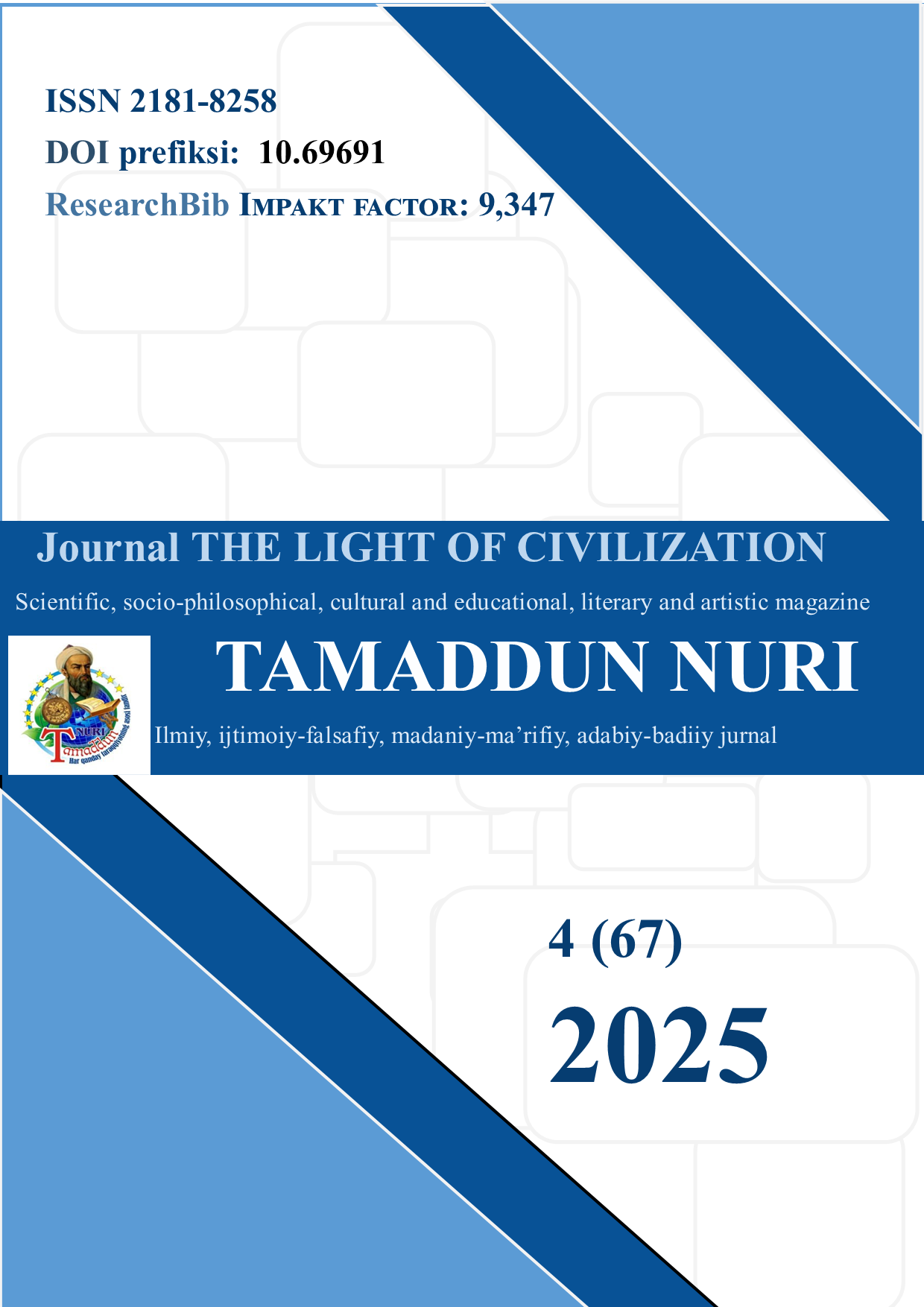THE ROLE OF EUPHEMISMS IN INFORMATION PROGRAMS ACROSS DIFFERENT LINGUISTIC SYSTEMS (A CASE STUDY OF RUSSIAN, UZBEK, AND ENGLISH LANGUAGES)
DOI:
https://doi.org/10.69691/wbm5bv74Keywords:
euphemism, media discourse, news programs, political correctness, linguistic strategies, intercultural communication.Abstract
The article examines the role of euphemisms in Russian, Uzbek, and English-language informational programs, focusing on the methods of softening, concealing, or reframing sensitive or controversial information through linguistic tools. By comparing examples from various news programs, the study identifies similarities and distinctive features in the use of euphemisms across these languages and media contexts.
References
Fairclough, N. (1995). Media Discourse. London: Edward Arnold.
Lakoff, G., & Johnson, M. (1980). Metaphors We Live By. Chicago: University of Chicago Press. 25–27-betlar.
Dąbrowska, E. (2006). The Use of Euphemisms in the Media: A Study of Public Discourse. Poznań: Wydawnictwo Naukowe UAM. 4–6-boblar.
Norrick, N. R. (2009). Euphemism and Political Correctness in English. Journal of Pragmatics, 41(2), 434–440-betlar.
Zayed, H. (2017). Cultural and Linguistic Variation in Euphemistic Expressions in News Discourse: A Comparative Study of Arabic and English Media. International Journal of Applied Linguistics and English Literature, 6(1), 41–45-betlar.
Albrecht, J., & Howard, D. R. (2004). Euphemisms in Political Discourse. Journal of Political Communication, 21(2), 183–197-betlar.
Simpson, P. (2003). Language, Ideology, and Point of View. London: Routledge. 2,5-boblar.
House, J. (2018). Translation as Communication across Languages and Cultures. London: Routledge. 120–135-betlar.
Downloads
Published
Issue
Section
License
Copyright (c) 2025 Journal of Tamaddun Nuri

This work is licensed under a Creative Commons Attribution-NoDerivatives 4.0 International License.



